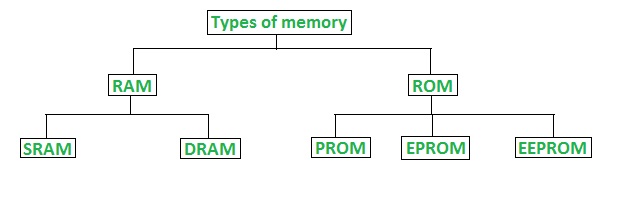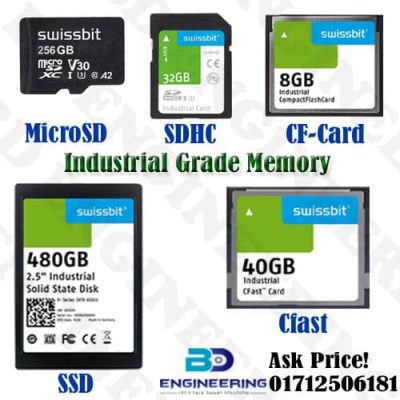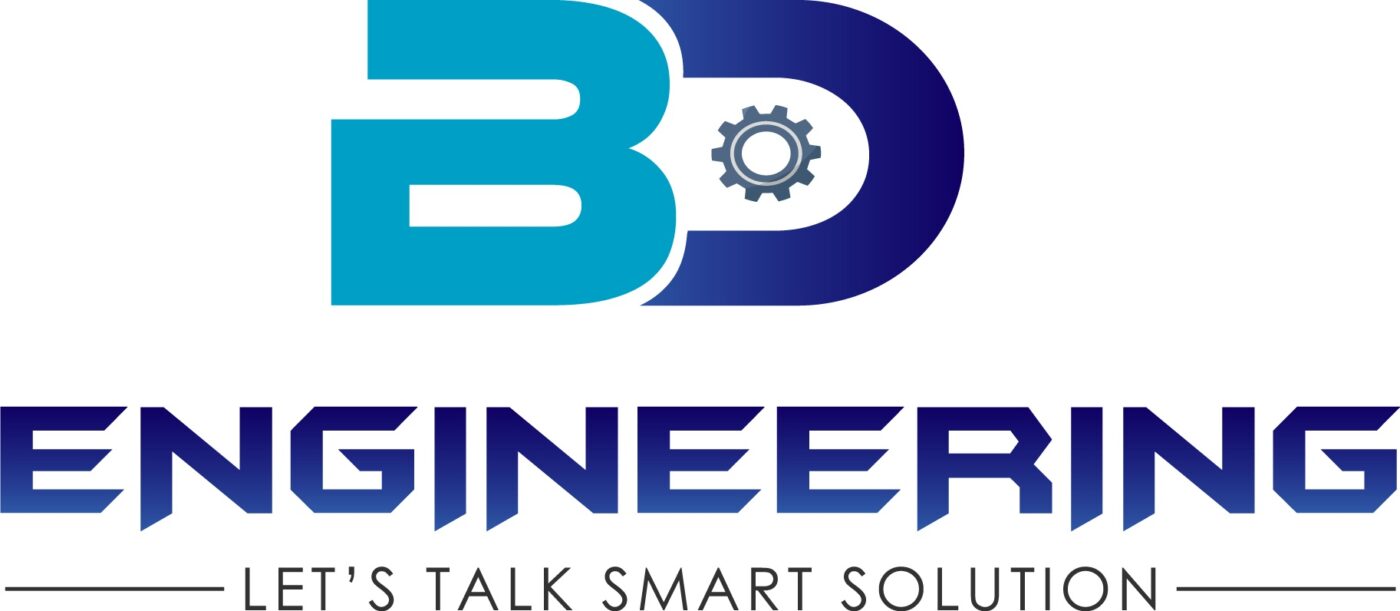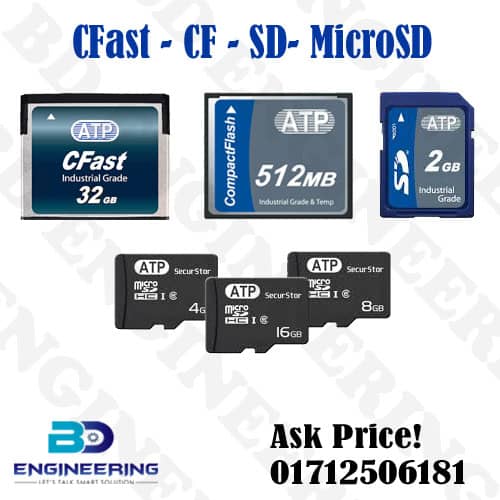Industrial Grade Programming Memory Card
An Industrial Grade Programming Memory Card refers to a specialized memory card designed for industrial and embedded applications systems. These cards are built to withstand harsh environments, ensuring reliable data storage and transfer in the special applications like factory automation, transportation, machinery automation.

Key Features of Industrial Grade Memory Cards
- High Durability: Designed to operate in extreme temperatures and shock, vibration, and humidity.
- Long Lifespan: Uses high-endurance NAND flash (SLC or pSLC) for extended write cycles.
- Error Correction Code (ECC): Advanced ECC algorithms ensure data integrity.
- High-Speed Performance: Optimized for fast read/write speeds for industrial applications.
- Compatibility: Supports multiple interfaces like SD, microSD, CompactFlash (CF), or CFast.
- Secure Firmware & Data Protection: Secure erase, write protection, and encryption options.
A) Cfast Card
The CFast (CompactFast) is a memory card format that is based on the Serial ATA (SATA) interface. Which is an evolution of the CompactFlash (CF) card but offers significantly faster speeds due to its use of the SATA protocol Systems. Rather than the older Parallel ATA (PATA) used by traditional CompactFlash cards.
CFast Memory Card Overview:
- Interface Systems: SATA 2.0 (3 Gb/s) or SATA 3.0 (6 Gb/s)
- Speed Level: Supports high-speed data transfer (up to 600 MB/s with SATA 3.0)
- Form Factor: Similar to CompactFlash but without the PATA pin interface
- PLC & Automation Systems: Used in Programmable Logic Controllers (PLCs) for storing programs and logs.
B) SD Memory Card (Secure Digital Card):
An SD (Secure Digital) memory card which is industrial grade widely used storage device designed for digital data storage in devices such as machinery controller, and embedded systems. It was developed by the SD Association (SDA) and has evolved to offer higher capacities and faster speeds over time.
C) MicroSD Card Industrial Grade:
A microSD card is a small, removable flash memory card designed for use in Mobile & TAB devices, machine Controller and embedded systems. It is the smallest variant in the Secure Digital (SD) card family, developed by the SD Association (SDA).
| Feature | Consumer microSD | Industrial microSD |
| Lifespan | Shorter |
Longer
|
| Operating Temperature | 0°C to 70°C | -40°C to 85°C |
| Power Loss Protection | No | Yes |
| Error Correction (ECC) | Basic | Advanced |
| Common Use | Industry |
Automotion
|
D) CF (CompactFlash) Card:
A CompactFlash (CF) card is a type of removable solid-state storage device used primarily in professional cameras, industrial applications, and embedded systems. It was introduced by SanDisk in 1994 and became a popular storage medium before being gradually replaced by newer formats like CFast and SD cards.

Technical of CF Cards
- Uses Parallel ATA (PATA) interface for data transfer.
- Larger physical size compared to SD cards
- Highly durable and resistant to shock and vibration.
- Supports UDMA (Ultra Direct Memory Access) for fast data speeds
- Ideal for high-end photography and industrial applications.
E) Hard Disk Drive (HDD) most of Industrial application:
A Hard Disk Drive (HDD) is an electromechanical data storage device that uses spinning magnetic disks (platters) and read/write heads to store and retrieve digital data. HDDs are commonly used in computers, machine controller, and external storage devices.
An HDD key components:
- Magnetic Platters: Circular disks coated with a magnetic material that stores data.
- Read/Write Heads: Positioned on an actuator arm to read and write data on the platters.
- Spindle Motor: Rotates the platters at high speeds (RPM).
- Actuator Arm: Moves the read/write heads to the correct position.
- Controller Board: Manages data transfer between the computer and the HDD.

F) Solid State Drive (SSD) for Machinery Application:
A Solid-State Drive (SSD) is a high-speed storage device that uses flash memory (NAND chips) instead of spinning disks, making it faster, more durable, and energy-efficient compared to traditional Hard Disk Drives (HDDs).
- NAND Flash Memory – Stores data permanently (non-volatile).
- Controller – Manages data storage, retrieval, and error correction.
- DRAM Cache – Speeds up access to frequently used data (in some SSDs).
- Interface – Connects SSD to the motherboard (SATA, NVMe, PCIe).
Based on Form Factor
| SSD Type | Size | Common Use |
| 2.5-inch SATA SSD | Standard HDD size |
Laptops, desktops (HDD replacement)
|
| M.2 SSD (SATA or NVMe) | Small stick (22×80mm) | Ultrabooks, gaming PCs |
| PCIe Add-in Card (AIC) | PCIe slot SSD | High-end workstations, servers |
| U.2 SSD | Enterprise-grade SSD | Data centers, cloud computing |
🔹 M.2 NVMe SSDs are the fastest for consumer PCs.
🔹 2.5-inch SATA SSDs are the best HDD replacements.
Based on NAND Flash Type
| NAND Type | Speed | Durability | Cost |
| SLC (Single-Level Cell) | Fastest | Best lifespan | Expensive |
| MLC (Multi-Level Cell) | Slower than SLC | Good lifespan | Moderate |
| TLC (Triple-Level Cell) | Common for consumer SSDs | Decent lifespan | Affordable |
| QLC (Quad-Level Cell) | Slower | Shorter lifespan | Cheapest |

